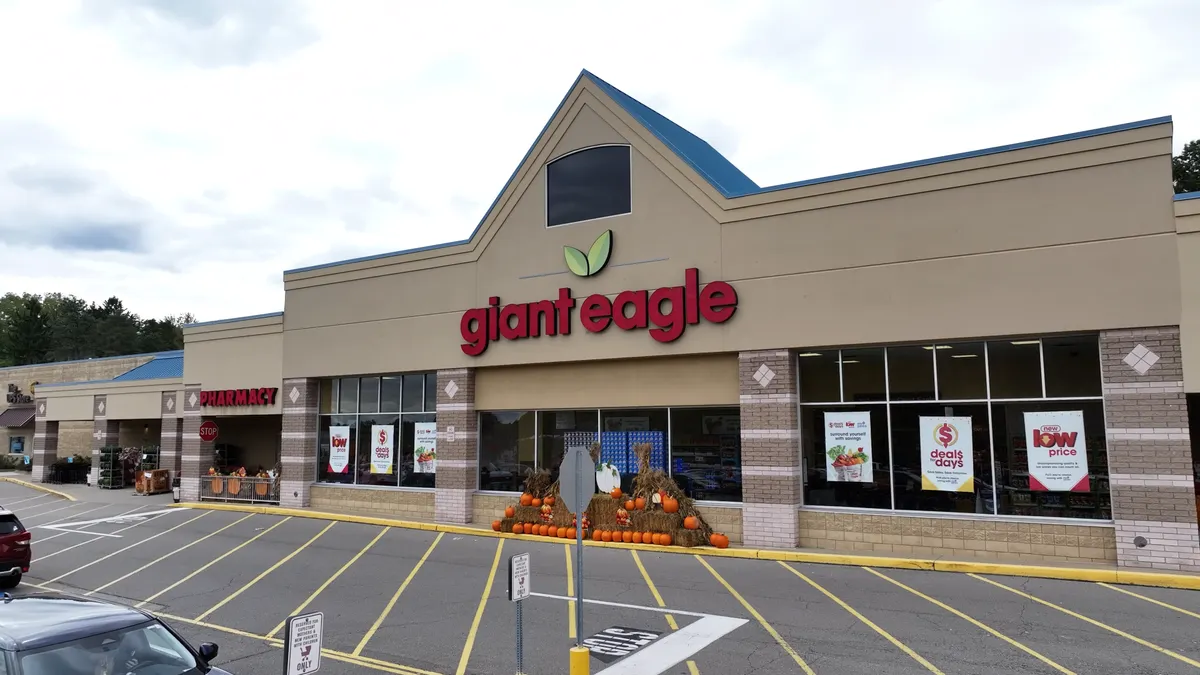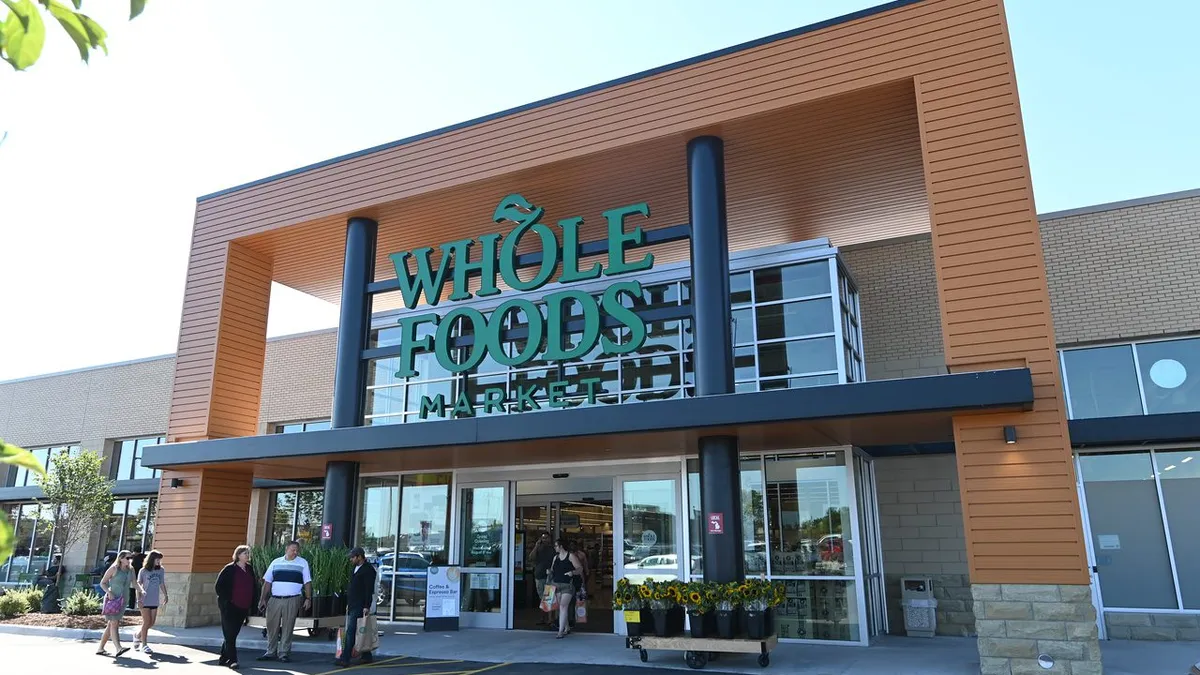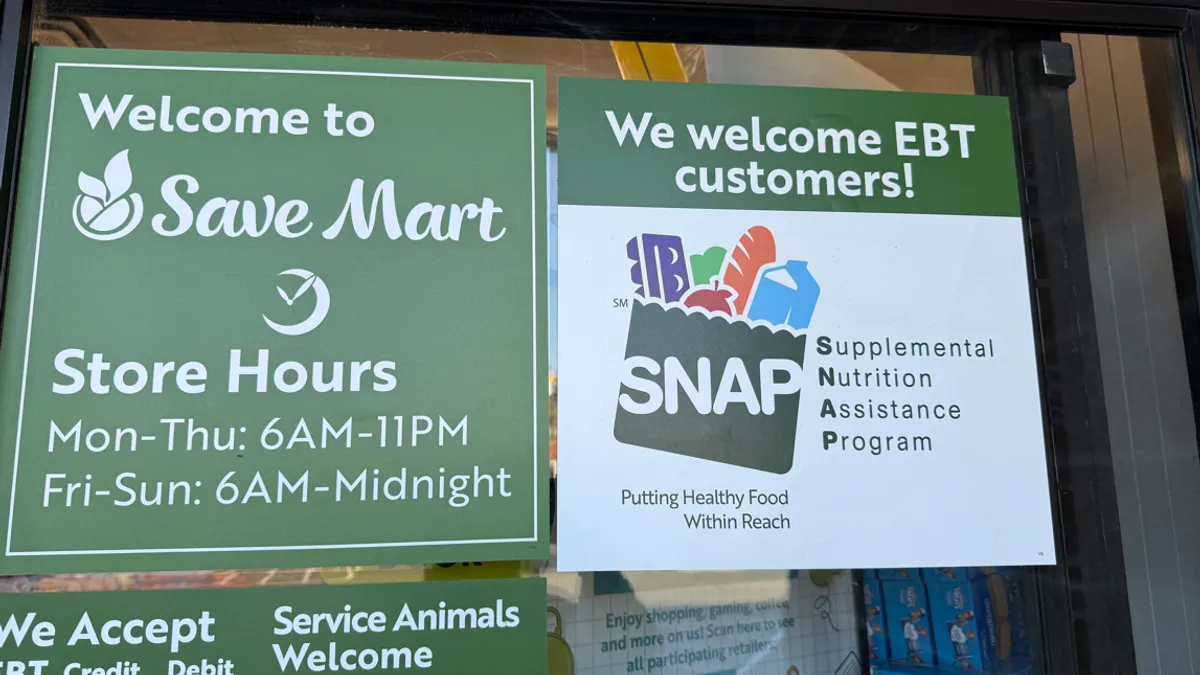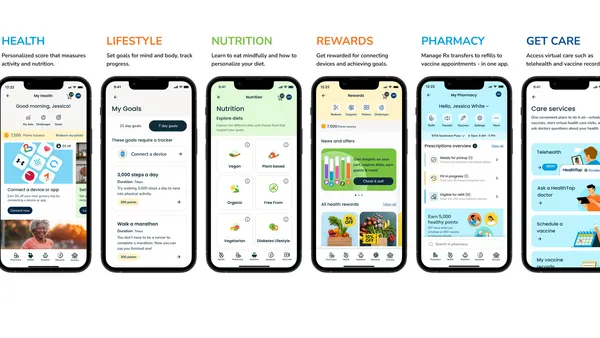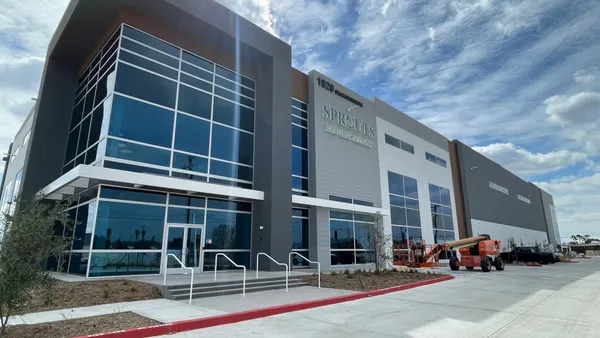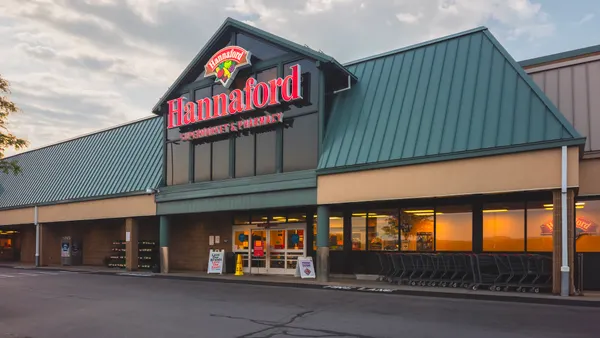Giant Eagle has given itself an additional five years to significantly cut back on single-use plastic and make its operations zero waste.
In February, the regional grocer adjusted two of its three sustainability cornerstones to make them more specific and, ultimately, more achievable, Giant Eagle Director of Sustainability Cara Mercil said.

The regional grocer’s approach to sustainability focuses on three major areas: eliminating single-use plastic, diverting waste and achieving carbon neutrality, Mercil said, noting that Giant Eagle reworked its plastic goal as well as its zero waste goal.
Back in 2019, when Mercil first joined Giant Eagle as manager of sustainability, the grocer set a “pie in the sky kind of goal,” to eliminate all single-use plastic by 2025, she said.
“It wasn’t focused and it wasn’t measurable,” Mercil said. So, the grocer recently updated the initiative to eliminate 80 million pounds of plastic by 2030. Giant Eagle did not specify how much plastic, percentage-wise, that represents within its operations.
This updated goal focuses on operational plastics, including recycling plastic within stores, eliminating single-use bags, increasing recycled content within plastic bags to eliminate virgin plastic and adjusting how the grocer packages its private label offerings, Mercil said. Packaging overall marked one of Giant Eagle’s most significant points of difficulty as it looked for ways to modify its sustainability strategy, she added.
“We realized very early on that, as a regional grocer, we were not going to be able to make massive technology investments into new packaging at scale,” Mercil said. “We needed to be part of the solution, so we knew that we needed to partner with others in order to make packaging that was more recyclable and then able to put that into our own brands.”
Giant Eagle is slowly moving its entire portfolio to more recyclable packaging, Mercil said. This is just one example of how, since implementing more targeted guidelines around the initiative, “real momentum” has developed towards reducing plastic use and plastic waste, she added.
These operational recycling programs have positively contributed to Giant Eagle’s zero waste initiative, Mercil said.
Giant Eagle’s original zero waste goal, set in 2022, aimed for a 2025 target. In February, however, along with its plastics goal, the regional grocer pushed the deadline back to 2030 and has since added measuring and reporting capabilities to monitor progress towards the goal, Mercil said.
“It took us a long time to be able to do this, but at this point, we have real-time reporting that is broken down by facility, supermarket, GetGos, and warehouses and manufacturing by the type of waste that is generated within that facility,” Mercil said, adding that this system helped the grocer more easily see the gaps in its process.
From there, the grocer made adjustments to its employee training programs, specifically in its warehouses and manufacturing sites, as well as around its food rescue programs. Giant Eagle credits these changes with helping achieve two sustainability milestones this month — donating 101 million meals and achieving zero waste across its warehouse and manufacturing sites — marking the first benchmarks met since the regional grocer updated its sustainability strategy.
Mercil added that the company decided to extend its zero waste goal by five years because of unforeseen challenges with moving its convenience chain GetGo Cafe + Market to a zero waste model.
The COVID-19 pandemic also contributed to delays in Giant Eagle addressing the convenience store issue as well as problems with its overall infrastructure that limited access to organic waste and waste hauler partners as well as other programs that the company originally believed it would have access to, Mercil said.
What stayed the same?
There is one cornerstone of Giant Eagle’s sustainability initiative that went untouched: net-zero carbon emissions.
Set in 2021, the goal has two separate deadlines. The first is to achieve 50% carbon neutrality by 2030 and then reach net-zero carbon emissions by 2040. Mercil said Giant Eagle is currently on schedule with this initiative and has not deviated since originally setting it.
“We’re continuing to be very, very, very focused on the areas where we need to reduce, and really that’s around energy efficiencies, and that is both within our traditional operations, or stores, but then also things like logistics or trucking and procurement,” Mercil said, noting the grocer is also looking to purchase more alternative energy.
While it took the grocer a while to be clear about what it needed its goals to achieve, Mercil said once that was clear, the goal adjustments were easy to determine.
“We believe that we can deliver by 2030,” Mercil said. “It’s less about the year and more about how we are managing against these goals.”



